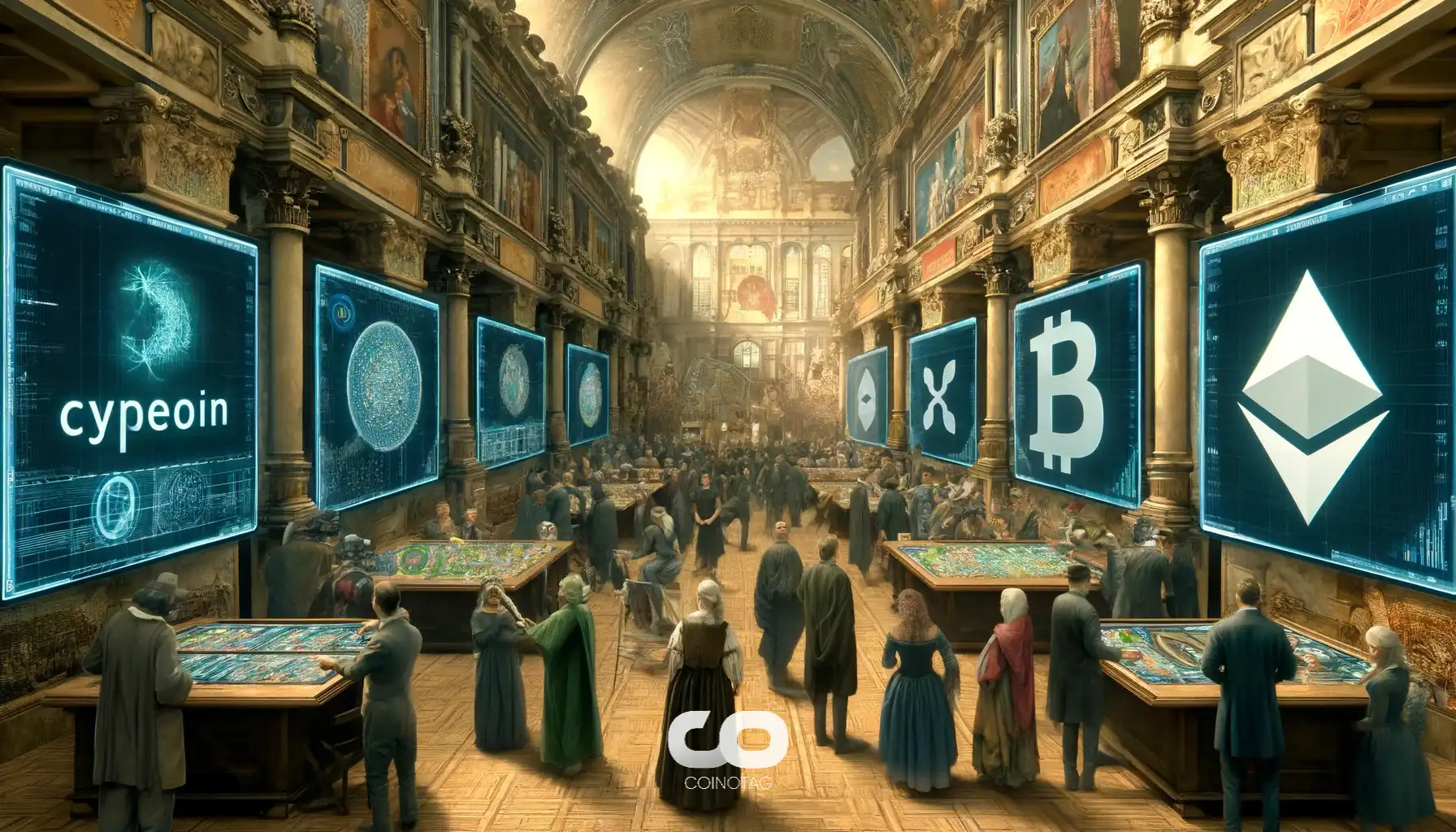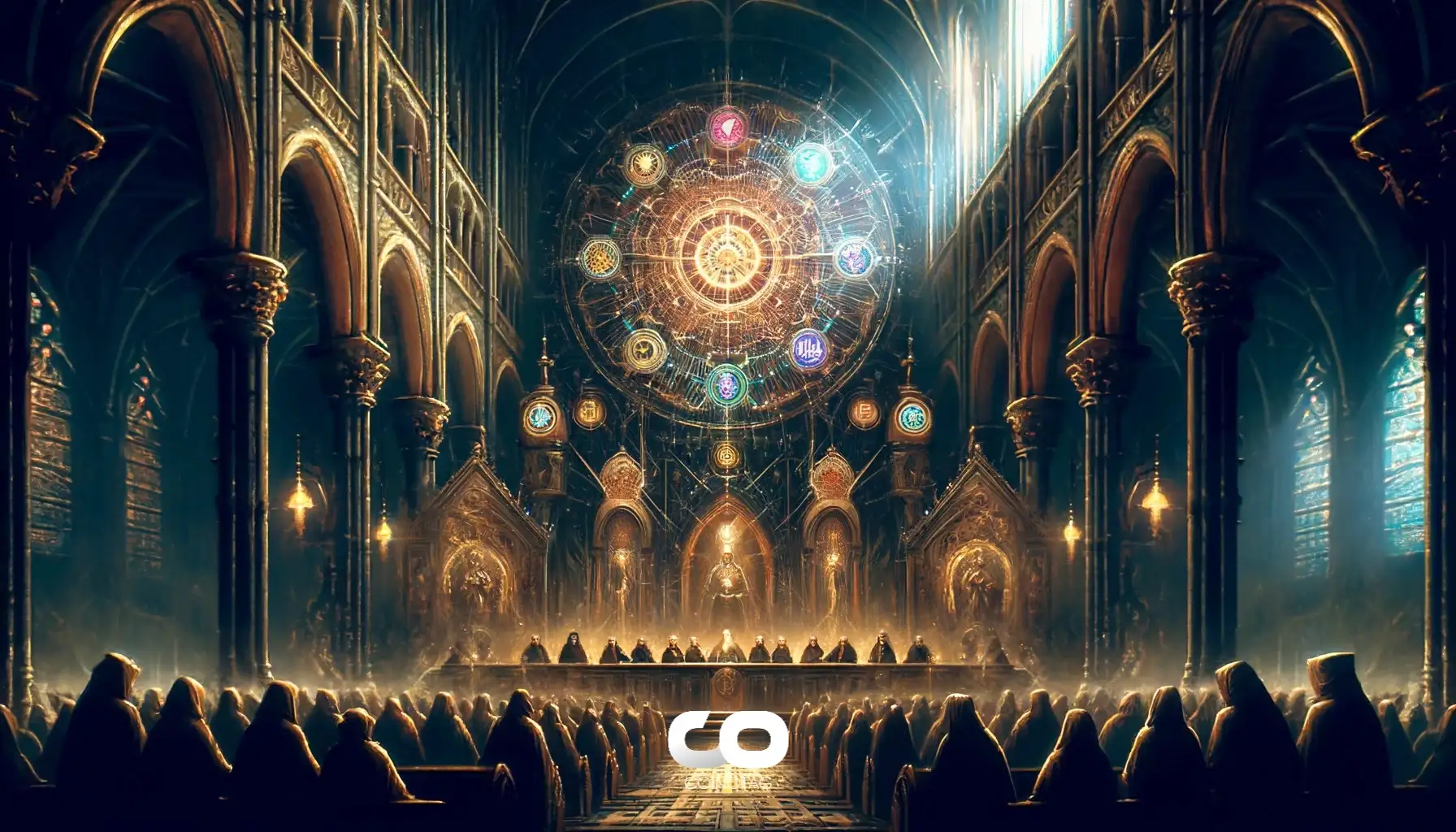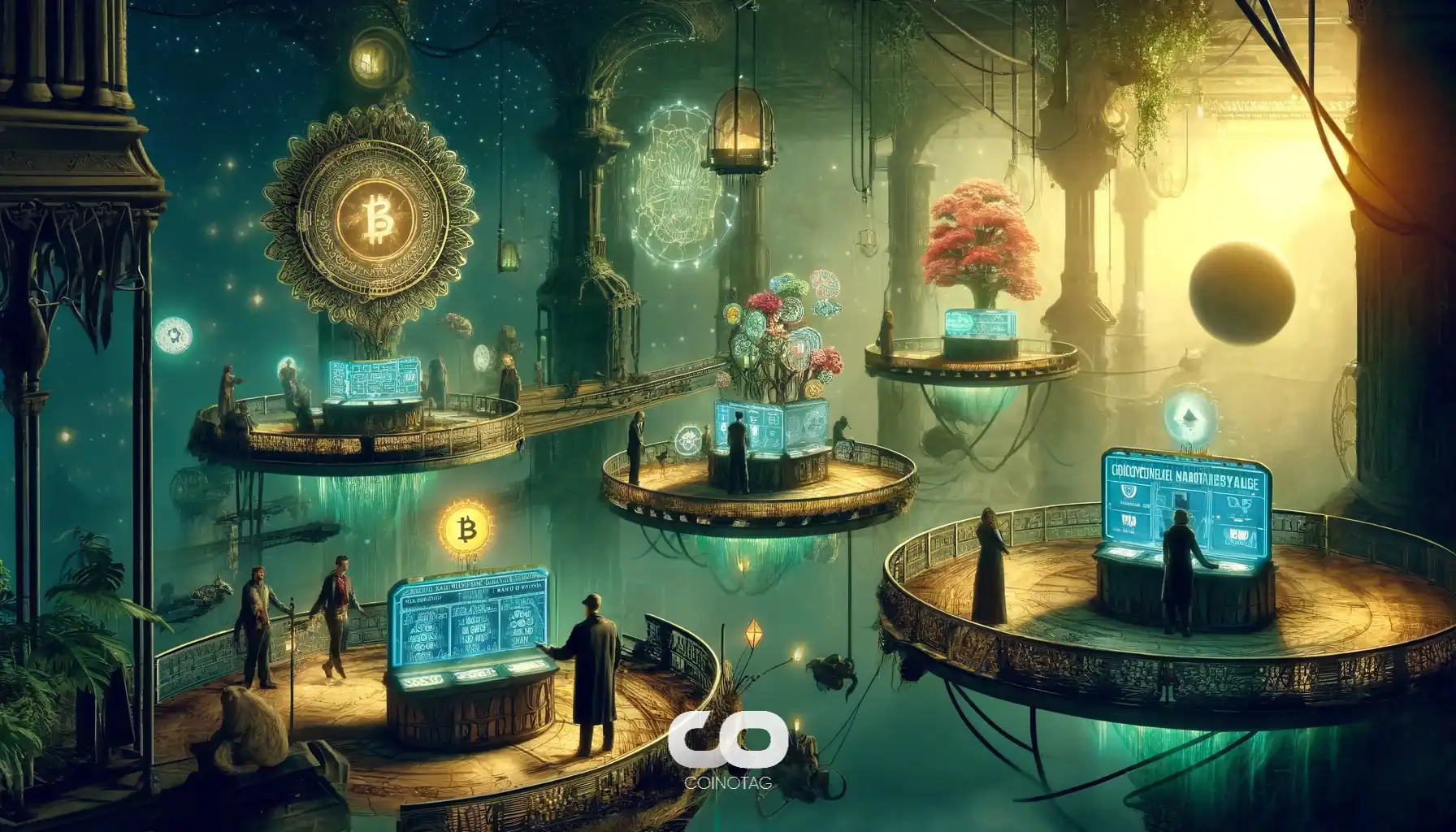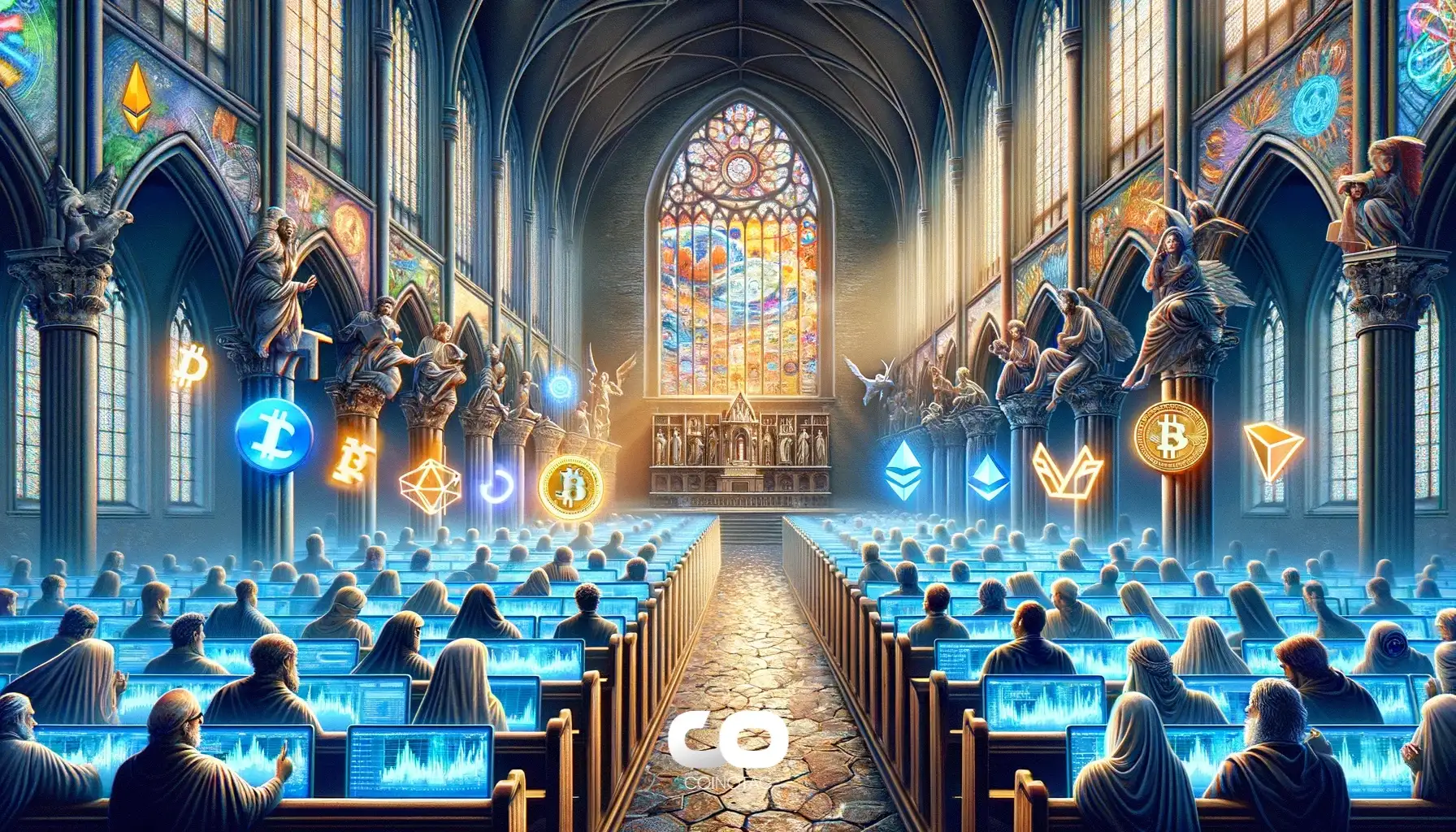1. What Is The Graph (GRT)?


The Graph is an indexing protocol for querying data for networks like Ethereum and IPFS, powering many applications in both DeFi and the broader Web3 ecosystem. Anyone can build and publish open APIs, called subgraphs, that applications can query using GraphQL to retrieve blockchain data. There is a hosted service in production that makes it easy for developers to get started building on The Graph and the decentralized network will be launching later this year. The Graph currently supports indexing data from Ethereum, IPFS and POA, with more networks coming soon.
To learn more about this project, check out our deep dive of The Graph.
To date, over 3,000 subgraphs have been deployed by thousands of developers, for DApps like Uniswap, Synthetix, Aragon, AAVE, Gnosis, Balancer, Livepeer, DAOstack, Decentraland and many others. The Graph usage has been growing at over 50% MoM and hit over 7 billion queries during the month of September 2020.
The Graph has a global community, including over 200 Indexer Nodes in the testnet and more than 2,000 Curators in the Curator Program as of October 2020. To fund network development, The Graph raised funds from community members, strategic VCs and influential individuals in the blockchain community including Coinbase Ventures, DCG, Framework, ParaFi Capital, CoinFund, DTC, Multicoin, Reciprocal Ventures, SPC, Tally Capital and others. The Graph Foundation also successfully completed a public GRT Sale with participation from 99 countries (not including the U.S.). To date as of November 2020, The Graph has raised ~$25M.
2. Who Are the Founders of The Graph?


The Graph team includes professionals from the Ethereum Foundation, OpenZeppelin, Decentraland, Orchid, MuleSoft leading up to the IPO and acquisition by Salesforce, Puppet, Redhat and Barclays.
The initial co-founding team includes Yaniv Tal (project lead), Brandon Ramirez (research lead) and Jannis Pohlmann (tech lead).
The founders have engineering backgrounds and have worked together for 5-8 years. Tal and Ramirez studied electrical engineering at USC and worked together at MuleSoft, an API developer tools company that underwent an IPO and sold to SalesForce.
They previously co-founded a developer tools startup together and have spent a significant portion of their careers working to optimize the API stack. At their last startup, the founders built a custom framework on an immutable database called Datomic. The Graph was born from this vision to create immutable APIs and data access, using the GraphQL query language.
3. What Makes The Graph Unique?


The Graph is working to bring reliable decentralized public infrastructure to the mainstream market. To ensure economic security of The Graph Network and the integrity of data being queried, participants use Graph Token (GRT). GRT is a work token that is locked-up by Indexers, Curators and Delegators in order to provide indexing and curating services to the network.
GRT will be an ERC-20 token on the Ethereum blockchain, used to allocate resources in the network. Active Indexers, Curators and Delegators can earn income from the network proportional to the amount of work they perform and their GRT stake. Indexers earn indexing rewards (new issuance) and query fees, while Curators earn a portion of query fees for the subgraphs they signal on. Delegators earn a portion of income earned by the Indexer they delegate to.
4. How Many The Graph (GRT) Coins Are There in Circulation?


Total GRT supply at mainnet launch will be 10 billion tokens, with an initial circulating supply of ~1,245,666,867 GRT. New token issuance in the form of indexing rewards will begin at 3% annually and is subject to future technical governance by The Graph Council. You can read about GRT token economics here and distribution information here.
5. How Is The Graph Network Secured?


The Graph has built an open data layer on top of blockchains: Indexers can run their own Ethereum archive nodes to run Graph Node, or they can use node operators like Infura or Alchemy.
Any analytics company can build an application to query subgraph data that’s indexed by The Graph. Subgraphs are open APIs to be able to pull data from the blockchain in the most seamless and efficient way.
6. Related Pages:


For more information about cryptocurrencies, check out CMC’s educational portal, Alexandria.
Curious about the latest crypto news? Read CMC’s blog!
7. What is Blockchain?


Blockchain is a decentralized and distributed ledger technology that securely records transactions across multiple computers in a verifiable and permanent way. It forms the underlying technology for cryptocurrencies like Bitcoin and enables transparency, security, and immutability.
8. What is Cryptocurrency?


Cryptocurrency is a digital or virtual form of currency that uses cryptography for security. It operates on decentralized networks, typically based on blockchain technology, and facilitates secure and transparent peer-to-peer transactions.
9. What is Bitcoin?


Bitcoin is the first and most well-known cryptocurrency, created in 2009 by an anonymous person or group known as Satoshi Nakamoto. It operates on a decentralized peer-to-peer network and is used for secure, transparent, and censorship-resistant transactions.
10. What is the difference between Bitcoin and Altcoins?


Bitcoin is the original and most widely recognized cryptocurrency, while altcoins refer to any other cryptocurrencies besides Bitcoin. Examples of altcoins include Ethereum, Ripple (XRP), Litecoin (LTC), and many others.
11. What is Staking?


Staking involves participants locking up a certain amount of cryptocurrency in a wallet to support the operations of a blockchain network. It is commonly associated with proof-of-stake (PoS) and delegated proof-of-stake (DPoS) consensus mechanisms, where participants receive rewards for helping secure the network.
12. How Can I Stake Cryptocurrency?


To stake cryptocurrency, you typically need to choose a platform or network that supports staking. Transfer your tokens to a compatible wallet, follow the staking instructions provided by the platform, and lock up the desired amount of cryptocurrency. Once staked, you may start earning rewards.
13. What Are Staking Rewards and How Are They Calculated?


Staking rewards are incentives provided to participants who lock up their cryptocurrency to support the network. The amount of rewards varies and is influenced by factors such as the network's inflation rate, the total amount staked, and the specific rules of the staking protocol.
14. Can I Unstake My Cryptocurrency at Any Time?


The ability to unstake and withdraw your cryptocurrency depends on the specific staking protocol and network. Some platforms may have lock-up periods or unbonding periods during which your staked tokens are inaccessible. Always check the terms and conditions of the staking service.
15. What are the Risks of Staking?


Staking comes with risks, including the potential loss of staked funds if a participant behaves maliciously or fails to fulfill their responsibilities. Market volatility can also impact the value of staked tokens. It's crucial to thoroughly research the staking protocol and understand the associated risks.
16. Can I Lose Money by Staking?


While staking is designed to be a rewarding activity, there is a risk of losing money, especially if the value of the staked cryptocurrency decreases or if the staking protocol encounters security issues. It's important to consider both the potential rewards and risks before participating in staking.





